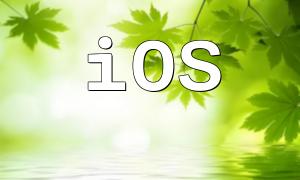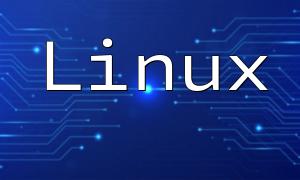If you are looking for a detailed tutorial on installing PHP 5.3 on CentOS 7, this article will guide you through the entire process. Many legacy applications depend on specific PHP versions, so knowing how to properly install PHP 5.3 is crucial for maintaining them. We will walk you through every step to ensure a smooth installation.
First, make sure your CentOS 7 system is fully updated to avoid dependency conflicts. Run the following command to update your system:
sudo yum updateBefore installing PHP 5.3, you need to install essential build tools and dependencies to ensure the installation goes smoothly:
sudo yum install -y gcc make automake autoconfTo access PHP 5.3 packages, enable the EPEL and Remi third-party repositories by running these commands:
sudo yum install -y epel-release
sudo yum install -y https://rpms.remirepo.net/enterprise/remi-release-7.rpmAfter enabling the Remi repository, activate the PHP 5.3 repository using yum-config-manager:
sudo yum-config-manager --enable remi-php53Use the following command to install PHP 5.3 along with frequently used modules:
sudo yum install -y php php-cli php-common php-mysql php-fpmOnce installation completes, check the PHP version to confirm successful installation:
php -vIf PHP 5.3 version information appears, the installation was successful.
You may want to adjust PHP settings as needed. The main configuration file is typically located at /etc/php.ini. Edit it with a text editor:
sudo nano /etc/php.iniModify settings such as error reporting levels and timezone according to your requirements.
After configuration, restart your web server (Apache example):
sudo systemctl restart httpdThen, create a file named info.php in your web root directory with the following content to test PHP functionality:
<?php phpinfo(); ?>Access this file via your browser to view the PHP configuration page and confirm your setup is working.
By following the steps above, you can successfully install PHP 5.3 on CentOS 7. Whether maintaining legacy systems or running applications requiring this PHP version, this guide provides a reliable setup method. Hope this tutorial helps with your work.









